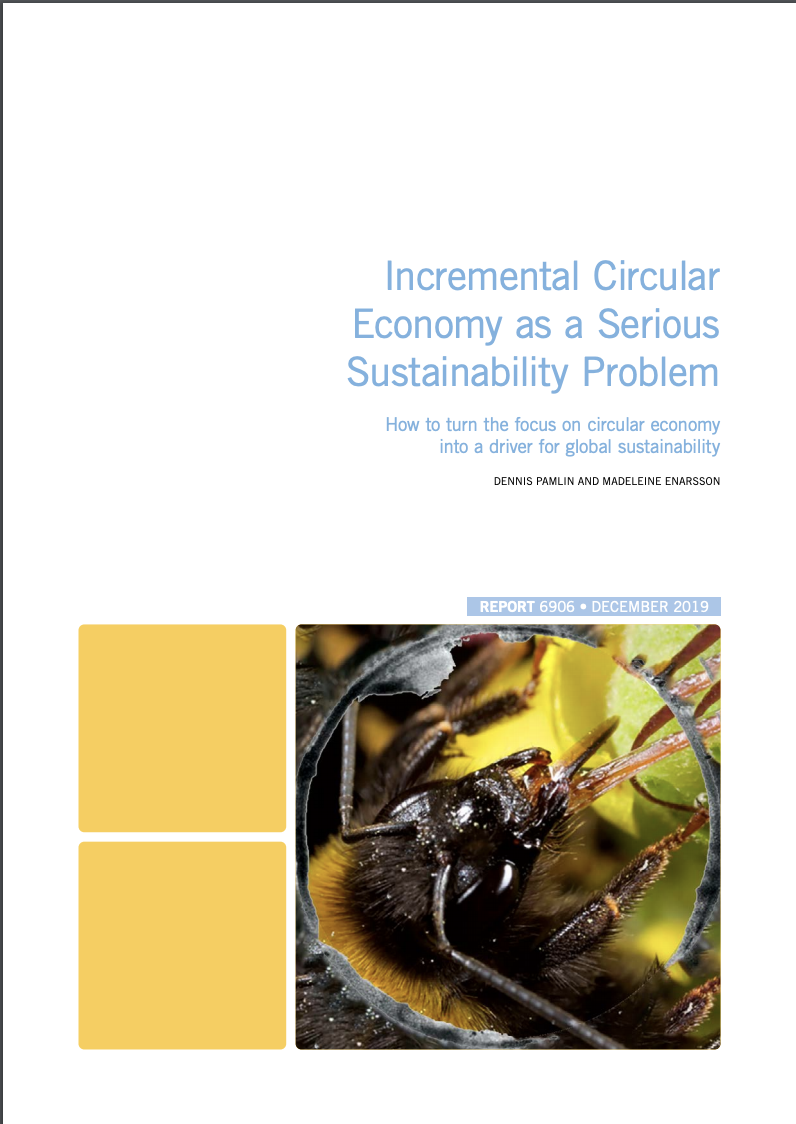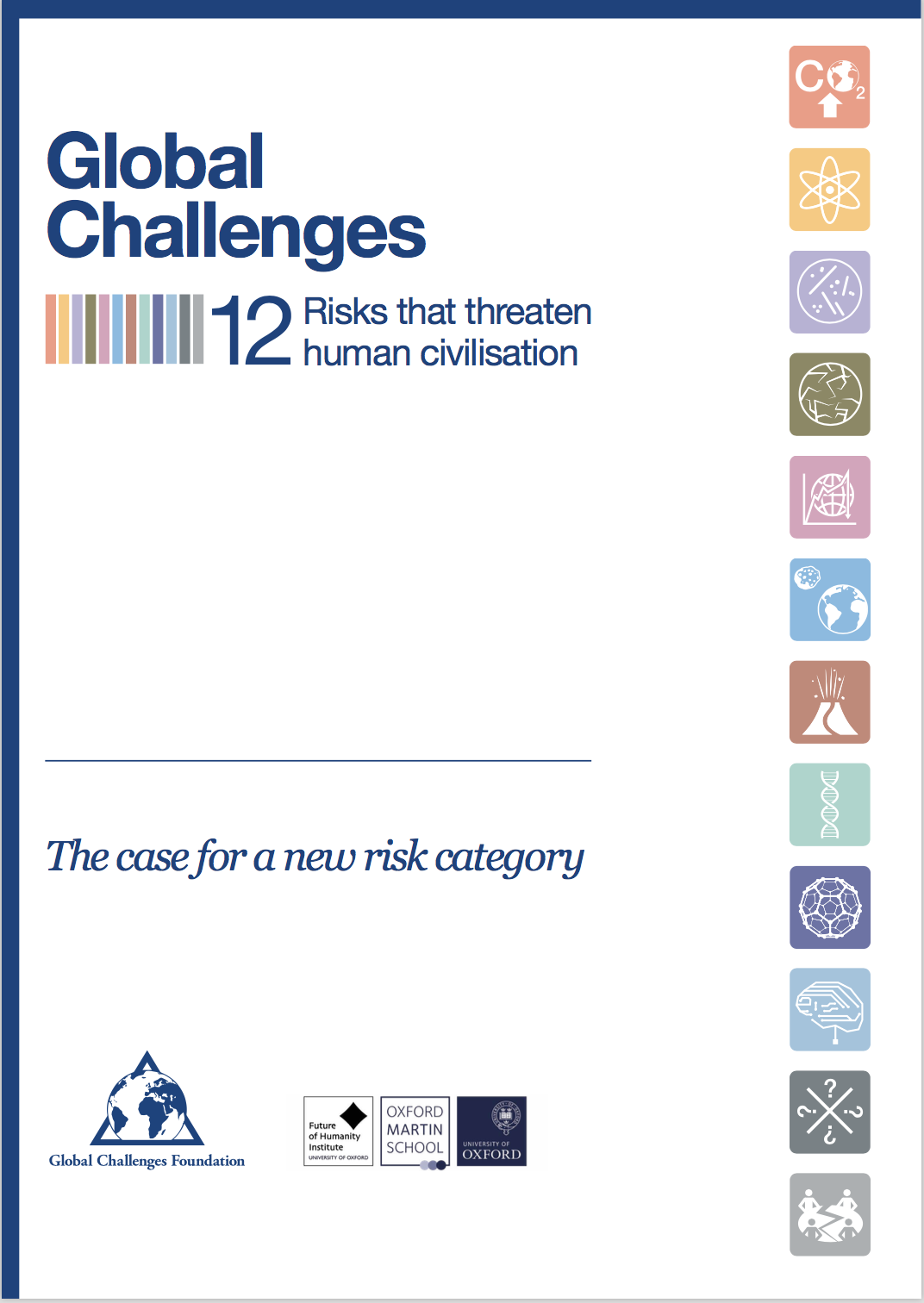Beijing’s plan shows path to the future (article China Daily)
/Role: author
Full text
Unhampered by old vested interests, the 13th Five-Year Plan is a good guide for how the world can support global sustainability
Different parts of China's 13th Five-Year Plan (2016-20) have been discussed intensively in recent months. Now, after the National People's Congress has approved the plan, it is time to put the full final document in a global context.
This five-year plan is probably one of the most important documents on the planet when it comes to long-term global security and sustainability. There are many aspects that deserve further elaboration, but three parts are of particular importance for governments, companies and NGOs around the world that want to support global sustainability.
Before discussing the three key sustainability areas of the plan, a historic perspective is needed to fully understand its importance.
From a Chinese perspective, this might be the most important five-year plan ever. For all previous plans, China could draw on inspiration from other countries. Now, China is moving so fast into uncharted territories that it is hard to use any country as inspiration to any significant degree. The transition from an old industrial economy to a new and sustainable service economy also requires the kind of systemic overview that the plan provides.
From a global perspective, this is also a unique five-year plan. If implemented successfully, the 13th Five-Year Plan would position China as the global leader when it comes to the next economic revolution. On the research side, it is now on the same level as the European Union, Japan and the United States. But when it comes to actually ensuring implementation for the transition, the five-year plan is ahead and is a global reference document.
This leadership when it comes to strategies for implementation is not because China has better experts, but rather because its planning processes are not held back by old vested interests in the same way as in Western countries. The result is a strategy in which, instead of setting the old economy against the new, China focuses on how the old industries can help and be helped in the transition to the connected and sustainable service economy.
From a global perspective, three areas are especially important to support and ensure positive development in China that will be crucial for global sustainability.
First, promote new business models that support sustainability. These new models will be based on concepts such as connectivity, sharing, circular economy, networked solutions, transformative transparency, and global sustainability. For new business models to be sustainable they must deliver solutions that are so resource efficient that 10 billion people or more can use the service without destroying the planet.
Such solutions tend to require new clusters of companies, and these need support. Among the actions needed in China and abroad are a review of current incentive structures, new guidance for public procurement, smarter taxation, and a review of old laws that today support old unsustainable companies while holding back new sustainable clusters of companies. New business models often are much more resource efficient, using information and communication technology together with new materials and robotic solutions, so it is important that the benefits are shared within society. If sharing is not ensured, inequity on the national and international levels is likely to explode, given already unsustainable levels today.
Second, open international innovation platforms for global public goods should be established. Support for the establishment of a permanent international coordinating body for global public goods is one important aspect. It could also include strategic support for smart city development in China that supports an accelerated uptake of a new generation of sustainable solutions around the world.
Third, it is time to ensure that we can turn global catastrophic risks into drivers for innovation. There are already a number of challenges, such as climate change, biodiversity loss and nuclear weapons where better collaboration is needed. But there are also emerging challenges in areas such as nanotechnology, synthetic biology and artificial intelligence. All these areas have many things in common and a coordinated approach is needed. The sooner it can begin the better.
As acknowledged in the five-year plan, the transition from an old industrial economy based on traditional drivers to a new service economy based on new drivers will be difficult and sometimes painful. However, there is no realistic alternative. The old economy is destroying the planet and is not resource efficient enough to allow the approximately 10 billion people that will live on the planet by 2100 to live a good life.
Action in the three areas above will not cost very much, but will be crucial to secure a strategic transition to a sustainable economic system globally and establish a new generation of international collaboration. The international support for global sustainability that the 13th Five-Year Plan can deliver must begin now.
The author is an entrepreneur and founder of 21st Century Frontiers in Sweden. He works with companies, governments and NGOs as a strategic economic, technology and innovation adviser. The views do not necessarily reflect those of China Daily.








































